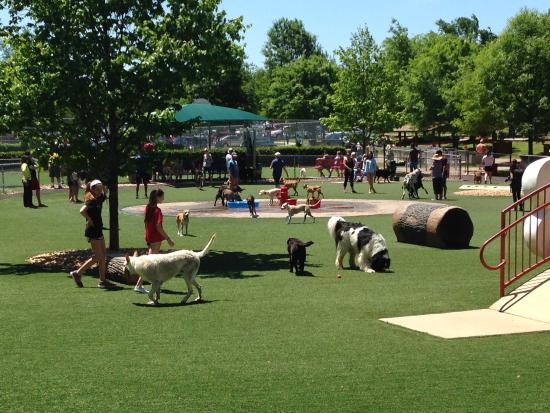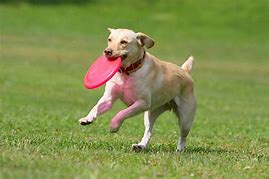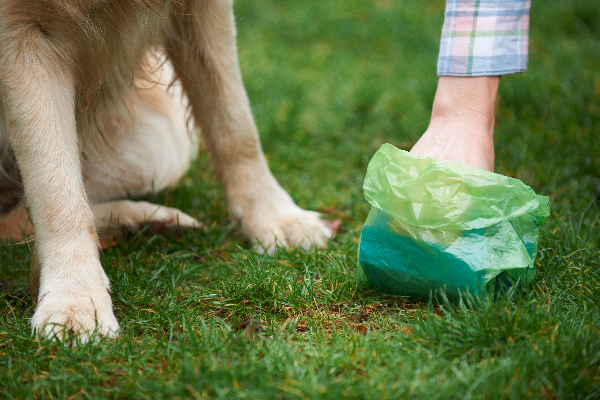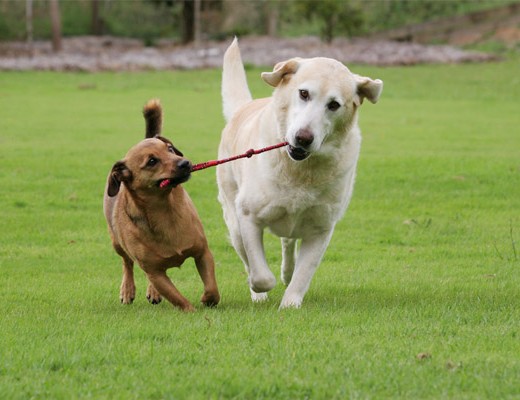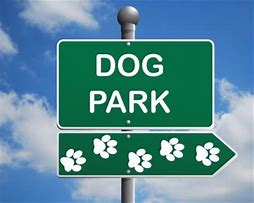Dog parks are becoming an increasingly popular choice to exercise and socialize man’s best friend. There is certainly no shortage of parks available nowadays and more parks are continually popping up, however, taking your dog to a dog park is not as simple as just getting there and letting them run free. There are rules and regulations listed at entry points to many parks and there is also basic etiquette to take into consideration to ensure everyone has a pleasant experience.
Dog Park Do’s:
- Read and follow the rules of each dog park listed at entry points.
- Select and assess the park before taking your dog – check the fencing is secure, how busy the park usually gets, whether or not the park offers separate large dog and small dog areas (if you have a toy breed or an elderly dog, look for a dog park that has a separate fenced area for more fragile breeds). Consider the park’s facilities – do they provide poop bags, bins and water facilities? Are there any agility obstacles to keep your dog stimulated – if not, take some toys? Does the park have enough space for your dog to play without interfering with others if separation is required?
- Consider your dog’s personality – are they very shy, overly boisterous/harassing to other dogs or do they show aggression under certain circumstances? If so, then dog parks are not recommended for your dog.
- Train your dog – your dog should be able to come immediately when called and follow basic commands. Owners need to have full control of their dog in the enclosures. Keep your dog on a leash until it has an adequate level of training, whilst it familiarizes itself with the surroundings and when being introduced to other dogs until they are comfortable with each other.
- Make sure your pet is wearing a collar with identification and contact details in case your pet gets loose. Collars are also useful for restraining your pet when off leash and also help to differentiate between dogs that look alike. Your dog should also be microchipped.
- Always carry multiple poop bags with you and pickup and dispose of your pet’s waste in the bins provided. Fines can be issued by your local council if this rule is not adhered to and you can also be banned from the park if you are a repeat offender. Diseases and parasites can be contracted when dogs come in to contact with infected faeces, not to mention how unpleasant it is if your dog rolls it or you step in it. So let’s avoid the spread of disease and pickup after our beloved pooches.
- Exercise your dog before attending the dog park – this helps to reduce rough, boisterous play and excessive excitement which may potentially cause issues.
- Leave the park or move to another area if your dog is scared and refusing to leave your side, or not wanting to interact with other dogs. It is likely they are not enjoying the experience. You can always try again another time. If your dog becomes aggressive, leave the park immediately.
- If there are small and large dog enclosures make sure you use the appropriate enclosure.
- Before entering an off-leash area, watch how the other dogs are interacting and make sure they are all having a good time. There are also leads available at pet stores that state whether a dog is “FRIENDLY/CAUTION/AGGRESSIVE/DOG AGGRESSIVE/SHY” – keep an eye out for these!
- Ask owners first if it is okay for your dog to interact with their dog as not all dogs get along with others. Some owners may be at the park to teach their pet extra obedience and may not want any distractions or may just prefer to interact with their pet alone.
- Ask permission before patting another dog – dogs respond differently to males and females, children, various smells and appearances.
- Leave the park if any disagreements/arguments occur between owners – not only is this an unpleasant situation for you, but dogs can also become aggressive to each other or to the other person arguing with their parent. This is because the animal will try to defend their owner and things could become out of hand.
Dog Park Don’ts:
- Never take unvaccinated dogs or puppies to a dog park – all puppies should not be socializing with other dogs or visiting public places until 1 week after all puppy vaccinations are completed as the vaccines are not fully effective until this time and they could be susceptible to various diseases. This time frame is usually after they reach four months of age if veterinary recommended vaccination schedules have been adhered to. Young puppies may also become frightened by large and boisterous dogs. Older unvaccinated dogs are also a high risk of contracting disease themselves and increase the chance of disease spreading.
- Never take pregnant females or females in estrus (in heat) to dog parks – their presence can create chaos, fights and distract other dogs. Pregnant females may also risk their pregnancies. Unneutered males can become aggressive, territorial or protective of un-desexed females especially towards other male dogs.
- Do not allow any lapse in supervision – It is very easy nowadays to become distracted by chatting to other pet owners, watching other dogs play or even from our mobile devices but it is vital to supervise your pet at all times and observe their behaviours for potential issues that could arise. It only takes seconds for a situation between dogs to change and possibly become dangerous.
- Don’t mix small, fragile dogs with large dogs – this could result in injury even if the larger dogs are friendly and playing they can become too rough and possibly cause injury. This is unavoidable at times as some parks do not offer separate areas for small and large breeds therefore caution should be exercised.
- Do not take your dog’s leash off in “On-leash” areas. This means dogs must be kept on a leash at all times. “Off-leash” areas allow your dog to be released in an enclosed area to run or play. Do not let your dog off-leash if you don’t have a reliable recall.
- Don’t take more than 2 dogs per person if possible as it can be difficult to effectively control and supervise more than this.
- Do not enter an enclosure if it is already crowded – dogs may feel threatened/scared if not given their own space.
- Some dogs can become easily overwhelmed – never force your dog to enter a dog park or force interactions. This could possibly cause a lifetime fear of these and similar situations and may result in behavioural issues.
- Don’t allow dogs to rush up to other dogs or their owners – this can be frightening and overwhelming for both dogs and people and a playful jump could be misread as aggressive and forceful behavior.
- Prevent rough play to prevent injury
- Don’t allow your dog to steal toys or treats – this may lead to a fight as some dogs can be territorial over these items and may become aggressive.
As a vet practice, we see the effects dog parks can have on our beloved pooches every day. Some effects are positive while others can be negative and potentially life threatening. It is important to consider this when deciding whether or not to take your fur baby to a dog park.
Positive effects can include:
- aids health and fitness
- great opportunity for your dog to interact and play with other dogs to build socialization skills
- burns off excess energy, especially for those over exuberant breeds
- Provides mental stimulation which alleviates boredom and can help deter unwanted behaviours
- Helps build a stronger bond between you and your pet
Negative effects to consider:
- Dog parks carry a much higher risk of your pet becoming ill with various conditions including parvo virus, distemper, giardia, kennel cough and even conjunctivitis. Parasites are also easily contracted including intestinal worms, fleas and ticks. This is due to the large numbers of dogs frequenting the area that may not be up to date with vaccinations and preventatives. Healthy, vaccinated dogs are a low risk of becoming ill from visiting dog parks; however there are still health risks any time your dog interacts with other dogs.
- Dog fights and injuries can easily occur, therefore supervision is vital
- Some shy dogs may build a fear or even become aggressive towards other dogs.
- Resource guarding aggression can occur if the animal is protective of its toys, food treats, owner or other dog/s they are playing with which can be a potential danger.
- Escape is possible when others are entering or leaving the park or if the fencing is not secure.
- Negative park experiences may result in undesired behaviour changes.
Remember, when using dog parks, always follow the rules and exercise basic etiquette and you, your pooch and other park users will all have many enjoyable outings together!

